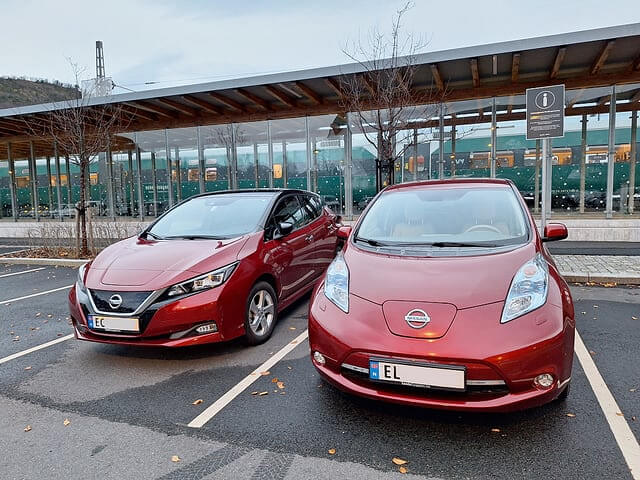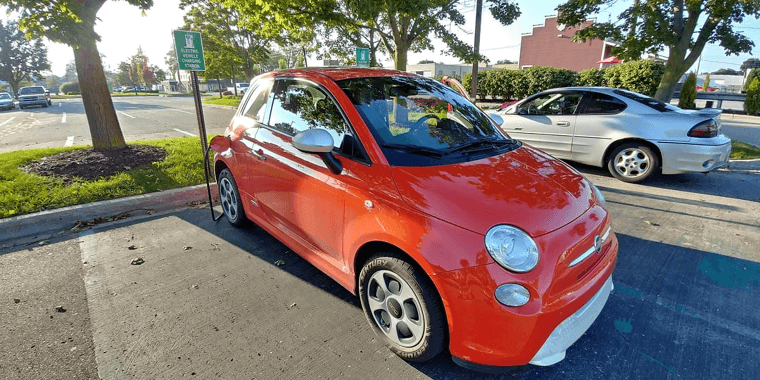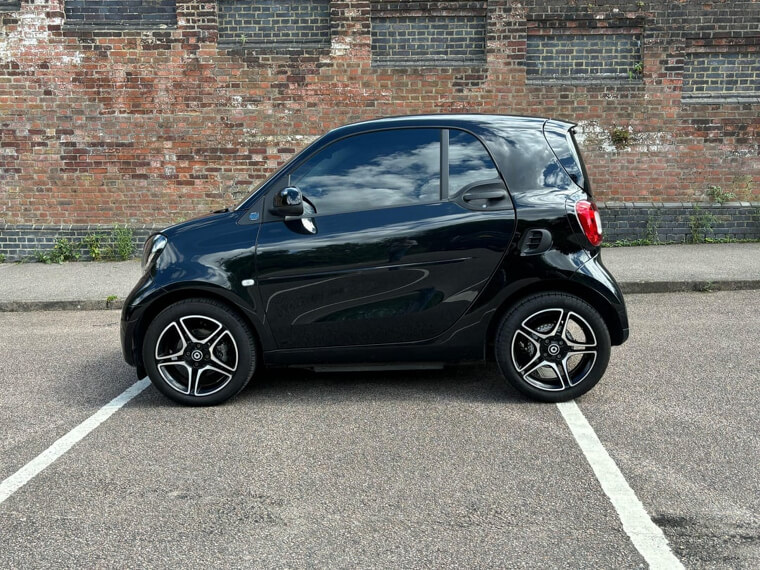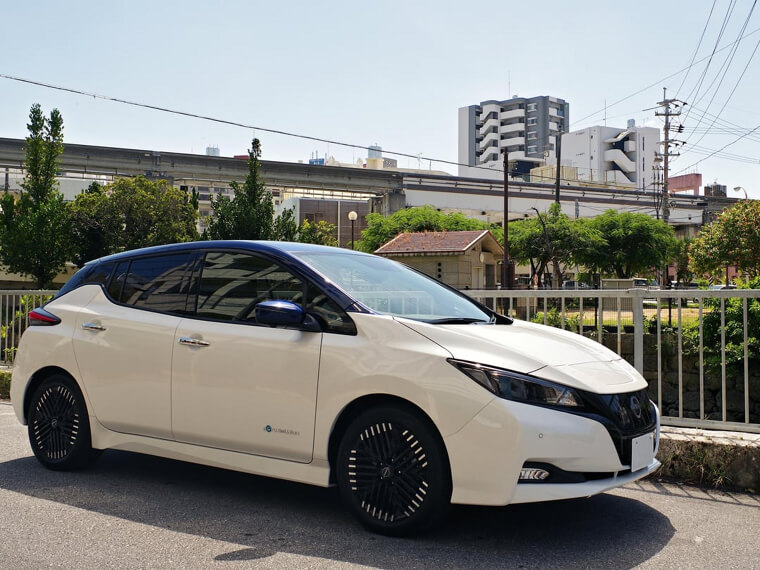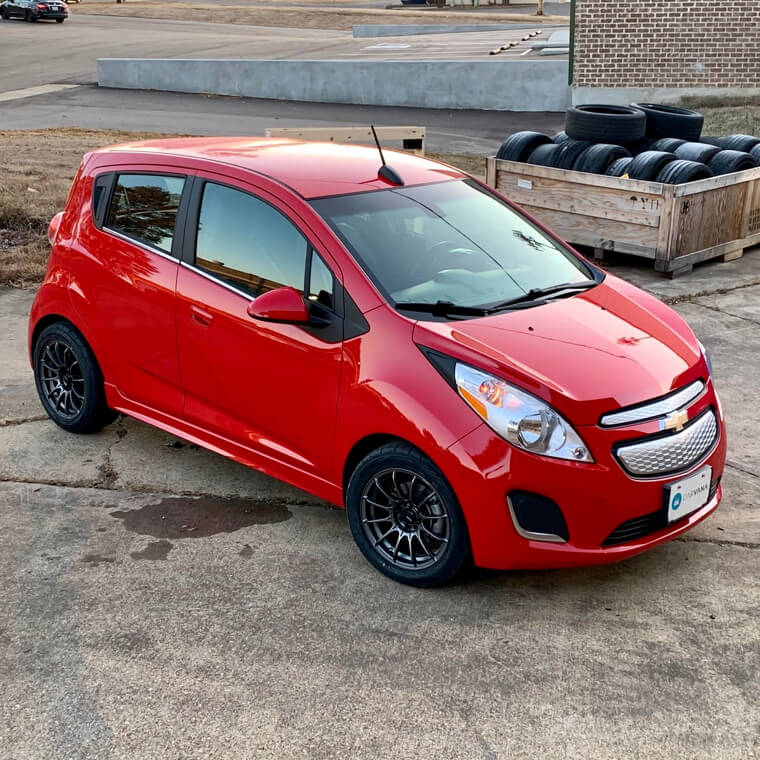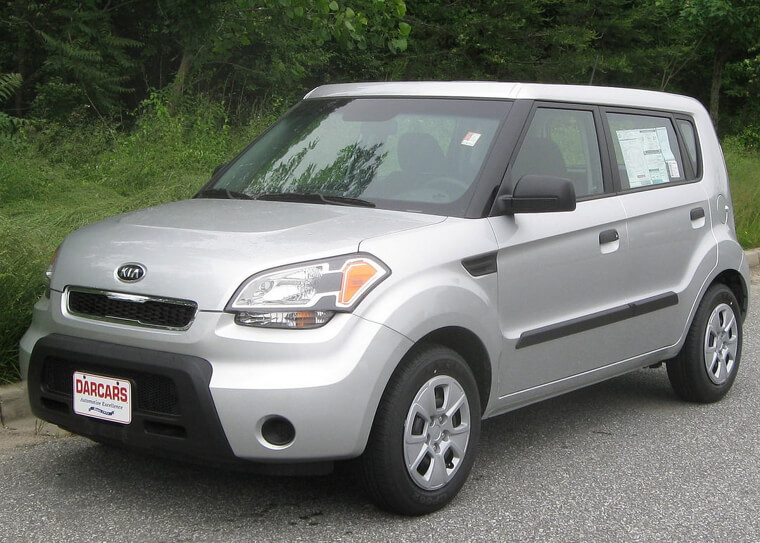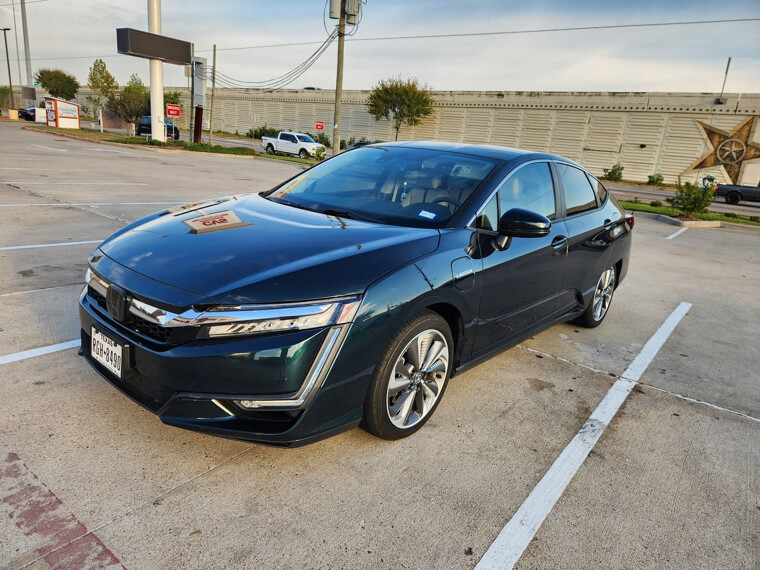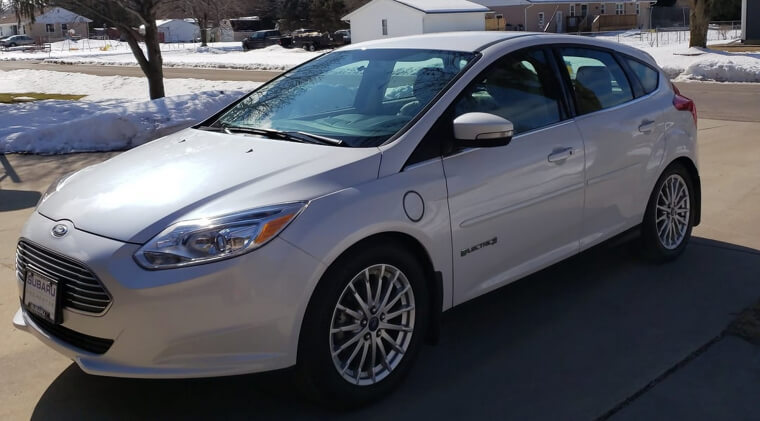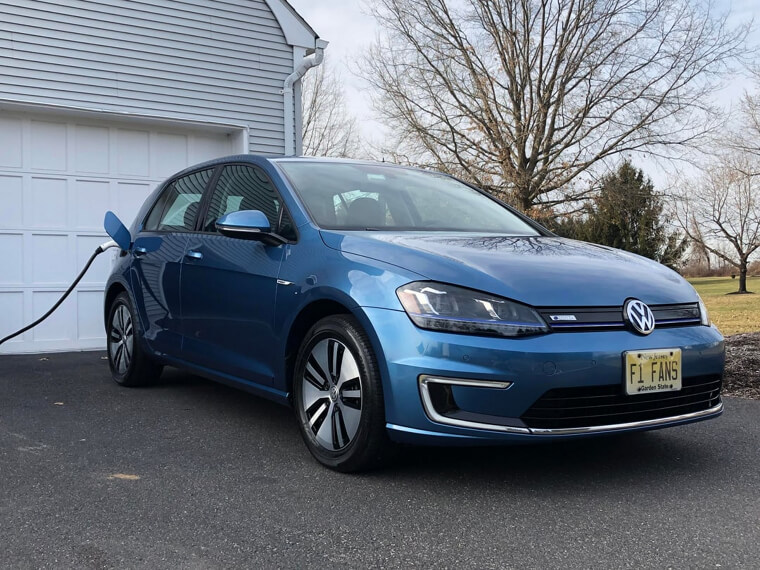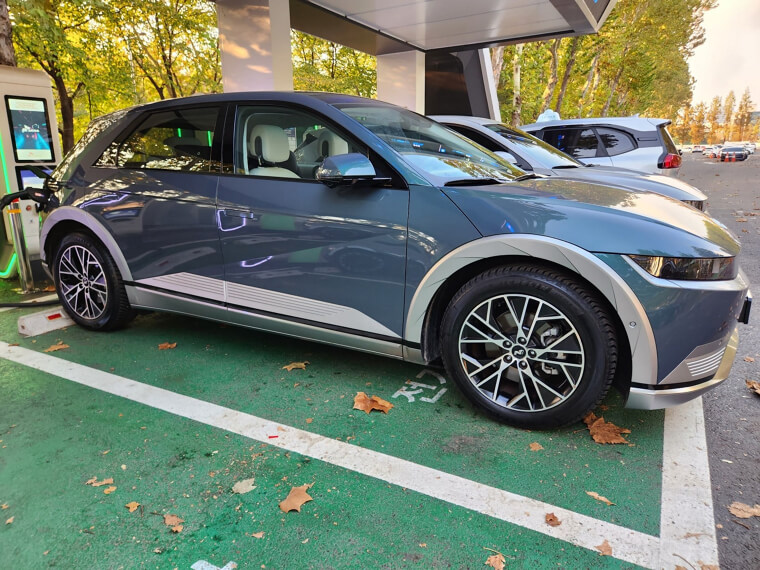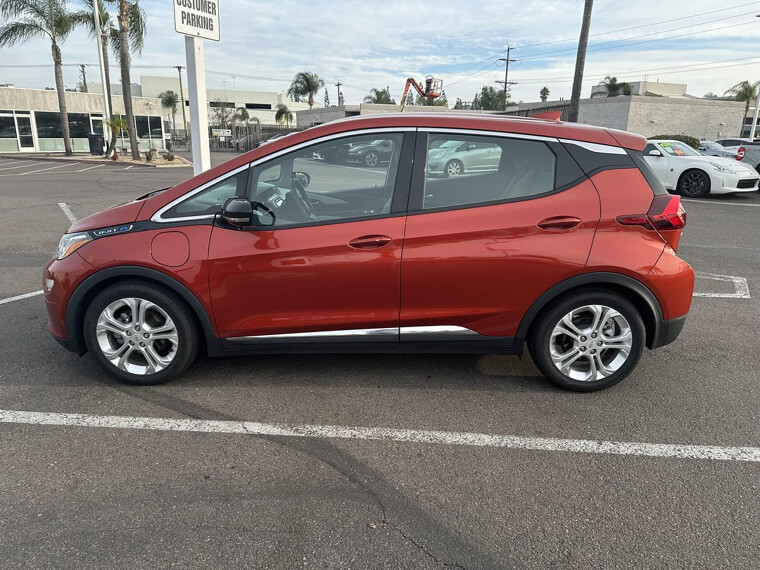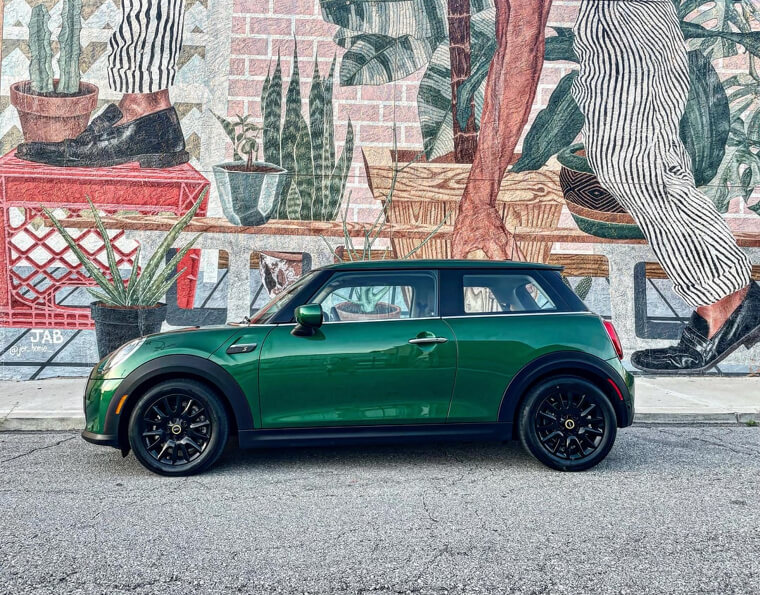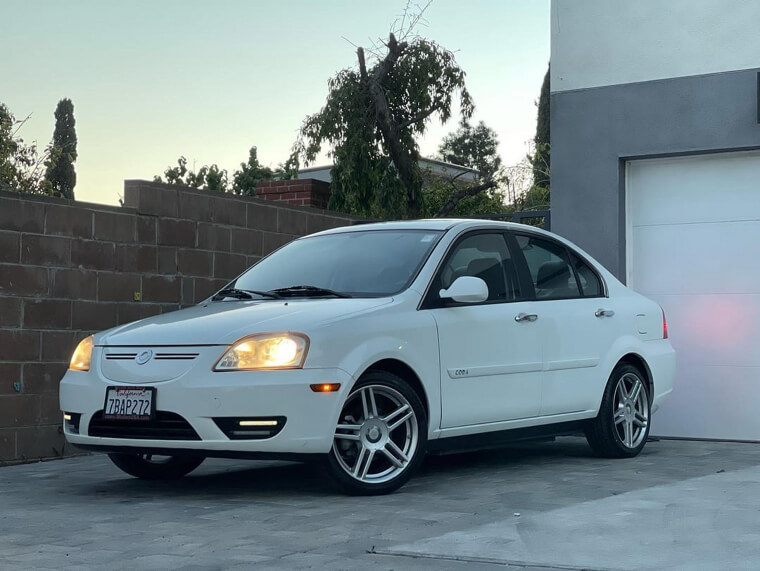Budget-Friendly EVs That Left Drivers With Buyer’s Remorse
Affordable electric vehicles attract buyers with promises of savings, low maintenance, and eco-friendly driving. But not every budget EV delivers after real-world use. Owners often report poor range, disappointing performance, or high repair costs. Here are 15 EVs buyers regret choosing once the honeymoon phase was over.
Fiat 500e
Quirky and cute, the Fiat 500e was marketed as an inexpensive way into electric driving. But many owners quickly realized its tiny range and lack of cargo space made it impractical. It worked for short city commutes, but anything beyond that turned into a stressful and limiting experience.
Mitsubishi I-MiEV
The i-MiEV was one of the cheapest EVs available, but its outdated design and short range quickly disappointed owners. Interior quality was bare-bones, and performance was sluggish. What looked like an affordable way to go electric ended up being one of the least satisfying EV ownership experiences.
Smart EQ ForTwo
The Smart EQ ForTwo promised to be the perfect little city car, but owners soon realized its usefulness stopped there. With almost no storage space and a painfully short range, it struggled to meet even basic needs. The novelty wore off quickly, leaving many drivers regretting the purchase.
Nissan Leaf (early Models)
The Nissan Leaf was one of the first affordable EVs, but its limited range became a major problem. Early versions struggled to reach even 80 miles on a charge, leaving owners constantly worried about running out of power. Over time, battery degradation only made the driving experience more frustrating.
Chevrolet Spark EV
Chevy’s Spark EV delivered zippy acceleration but failed in range and refinement. Owners liked the fun driving feel, but limited availability and small size made it impractical for families. After a year, many felt boxed in by its limitations, wishing they had spent more on a longer-range option.
Kia Soul EV (first Generation)
The first Kia Soul EV seemed promising, but its limited range and high charging times left buyers frustrated. It lacked the refinement of later models, and the boxy design did not make up for its shortcomings. Many owners traded it in after realizing the compromises were not worth it.
Honda Clarity Electric
Honda’s Clarity EV was criticized for its short 89-mile range and limited availability. While comfortable, it never lived up to expectations. Many buyers regretted choosing it over hybrids or plug-in options that offered greater versatility, leading to poor long-term satisfaction and quick resale by disappointed owners.
Ford Focus Electric
The Ford Focus Electric looked like a smart, budget-friendly option but disappointed with its small trunk and limited driving range. Owners quickly realized it was not suited for longer trips. Even daily commutes felt restricted, and the high original price made the compromises sting even more after a year.
Volkswagen E-Golf
The e-Golf attracted fans of VW’s classic hatchback but offered a range too short for most American drivers. Owners reported frustration with charging speeds and lack of nationwide support. While affordable on paper, the car’s limitations made it a regrettable purchase after only a year of ownership.
BMW I3 (base Models)
The BMW i3 promised innovation, but entry-level models had limited range and awkward styling that quickly lost its appeal. The high cost of maintenance compared to the short driving range left owners disappointed. Many regretted buying the cheapest version instead of opting for better-equipped or longer-range alternatives.
Hyundai Ioniq Electric (first Generation)
Hyundai’s Ioniq Electric delivered efficiency, but its range lagged behind rivals. Owners found it fine for city use, but road trips were nearly impossible. Charging infrastructure issues only added to the regret. By the end of the first year, many wished they had chosen a hybrid or plug-in instead.
Toyota RAV4 EV (second Generation)
This limited-production electric SUV had Tesla-supplied batteries but still struggled with range compared to rivals. Owners often complained about the lack of support and high maintenance costs. While it seemed like an affordable entry into EV ownership, many realized it came with more headaches than benefits after a year.
Chevrolet Bolt EV (early Models)
The Chevy Bolt EV offered better range than most affordable EVs, but reports of battery fires shook buyer confidence. Combined with cheap interior materials and high insurance costs, owners felt let down. For many, the stress outweighed the savings, making it a regretful purchase within the first year.
Mini Cooper SE
The Mini Cooper SE had charm and fun handling but struggled with range and practicality. Owners enjoyed short city drives but found the car lacking for longer commutes or weekend trips. Its limited cargo space and slow charging speeds left many wishing they had chosen something more versatile.
Coda Sedan
Little known and short-lived, the Coda Sedan was one of the most disappointing budget EVs. With outdated styling, a poor interior, and a range of barely 90 miles, it failed to impress. Owners quickly regretted the purchase, as the car vanished from the market just as quickly as it appeared.

